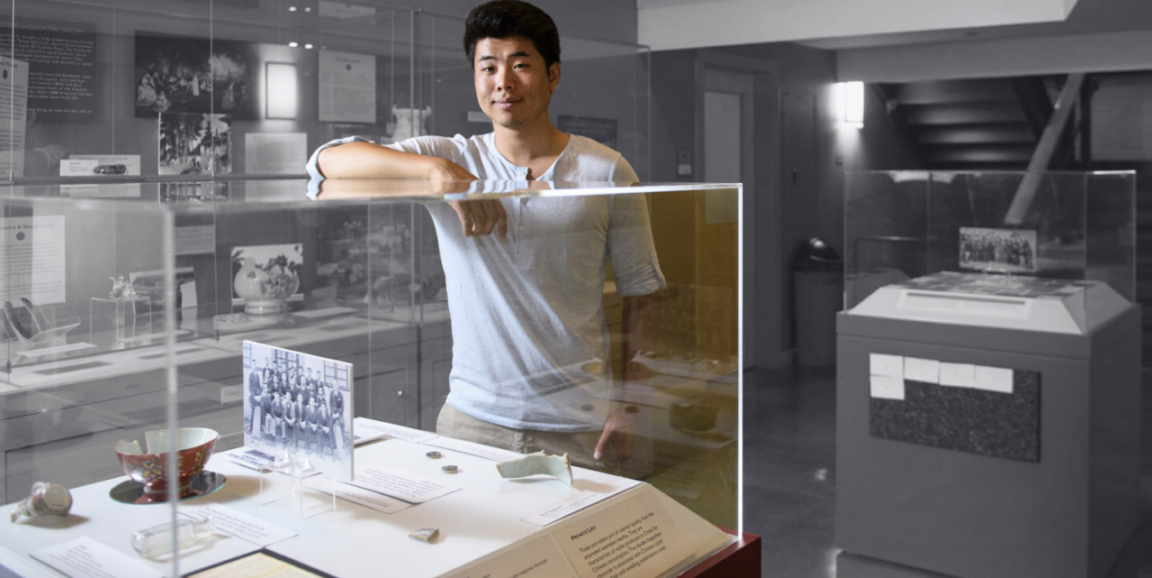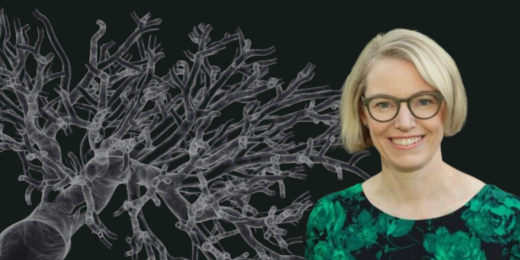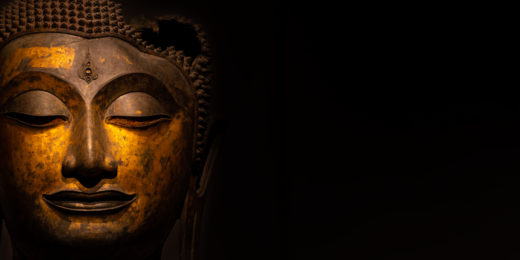These are stories of Stanford Medicine faculty, researchers and physicians whose journeys into medicine didn't take the traditional path.
On a summer day near the city of Konya in central Turkey, Bright Zhou, MD, took their trowel and hiked up a hill to the remains of a 9,000-year-old village. Then a rising sophomore at Stanford University, Zhou had developed a deep fascination with archaeology and was spending the summer working with Stanford archaeologist Ian Hodder, PhD.
Zhou excavated a section of the site by carefully removing 5 centimeters of soil at a time. After hours of digging, they uncovered a small clay ball.
"I remember finding it and recognizing that it was not a rock -- this was something that someone had very intentionally created," Zhou said. "Now I, 9,000 years later, was getting to touch and hold and wonder what this object was."
Zhou spent the rest of their undergraduate summers unearthing ancient artifacts in Turkey as well as Mauritius and went on to receive a master's degree in biology from Stanford University, focusing on ancient DNA. Specifically, they wondered how history and culture were entangled in the health of ancient communities. Yet even with all the excitement and knowledge gained from digging in the sand, Zhou felt something lacking.
"I was always entranced by the ways archaeologists and physicians come up with diagnoses from symptoms or artifacts, but I was drawn to medicine's ability to directly ask our subjects their narratives, rather than relying on what they left behind," Zhou said. "I wanted to bring the excavation mindset to the human body."
The power of storytelling
Soon after receiving a master's degree, Zhou applied and was accepted to the Stanford School of Medicine. Over the four years of training, they gravitated toward family medicine because, they said, physicians in this field are tasked not only with finding the widest variety of diagnoses, but also listening carefully to their patients' stories.
"Family medicine, to me, felt like an extension of archaeology," Zhou said. "You're piecing together things that are both spoken and unspoken, to advance your subject's story."
In 2021, Zhou matched with the Stanford - O'Connor Family Medicine Residency in San Jose, where they are in their third year. Along with medical training, Zhou -- who speaks Mandarin and Spanish, and is learning Vietnamese -- uses their language skills to advocate for non-English speakers in the San Jose area.
"The ability to speak other languages doesn't just mean I'm a multilingual physician; it means I can understand my patients at a much deeper level and am able to deliver care more effectively," said Zhou, whose parents immigrated from China. "There are all of these cultural understandings that come from speaking the same language and understanding where the patient is coming from."
Zhou aims to bring this cultural understanding to more doctors. Currently, they are leading a medical course called Clinical Mandarin in Practice and Application through Stanford Medicine that teaches undergraduate, medical and graduate students, residents and faculty how to better communicate with Mandarin-speaking patients by providing Mandarin language lessons as well as teachings about cultural norms concerning mental health, sexuality and death.
Culturally reflective care
"Mandarin, and other languages, are storytelling tools that we can use to advocate for our patients," Zhou said.
The course also involves teaching providers how to recognize their own cultural biases. "A person's identity will influence their diagnosis," said Zhou, who is also researching how to improve cultural sensitivity training specifically for physicians from minoritized racial, ethnic, and cultural groups.
In a 2022 paper, Zhou and Alan Louie, MD, director of education of Stanford School of Medicine's Department of Psychiatry and Behavioral Sciences, proposed a new model for this training called "culturally reflective medicine," which they argue can better incorporate the unique knowledge and experience of minoritized physicians.
"That was something that was missing from my medical education. The interactions that you have with your patients, the stories they tell you, the ultimate treatment plan and the patient's ability to complete that treatment plan -- a physician's identity influences all of that," said Zhou.
It's a lesson Zhou learned as an archaeologist. They recall during their senior year of college examining a shard of pottery that was excavated from the Arboretum Chinese Labor Quarters, which housed Chinese employees who constructed and maintained parts of the university's iconic historic landscapes in the late 1800s and early 1900s.
In the excavation catalog, the artifact was labeled as an unknown shard from Asia. But Zhou immediately recognized it as belonging to a cup used to serve tea during traditional Chinese weddings.
"It was clear that nobody who had looked at this artifact was Chinese or had this cultural understanding," Zhou said. "Understanding immigrants and immigrant culture is as vital in medicine as it is in archaeology."
Read more Unconventional Paths stories here.
Photo courtesy of Bright Zhou






